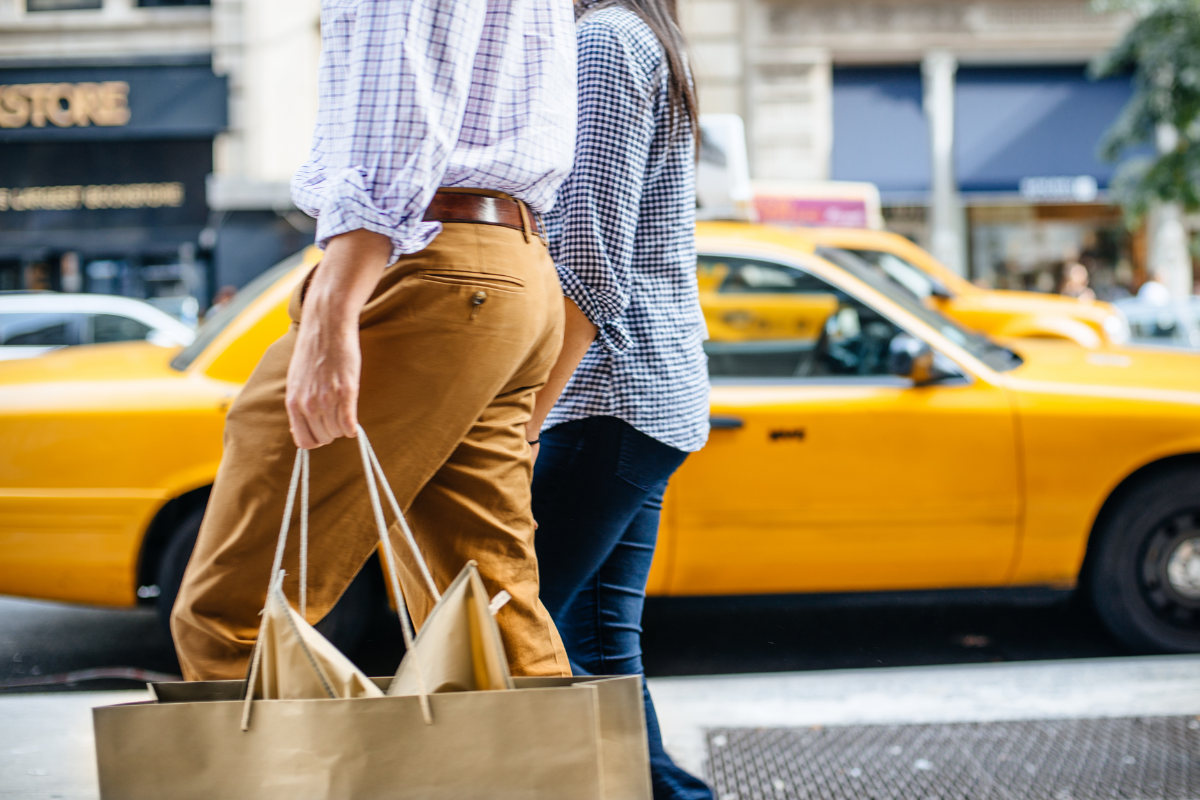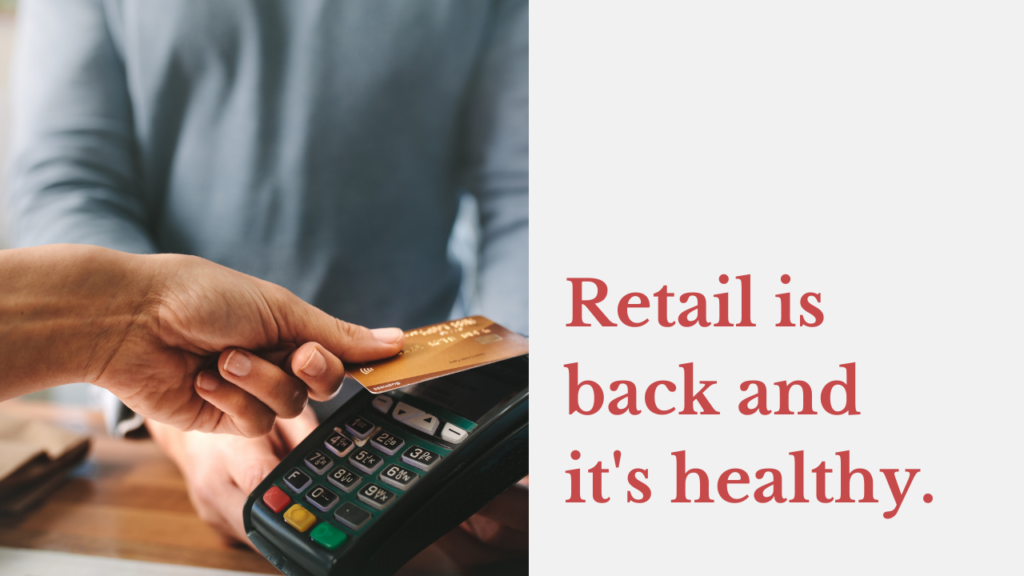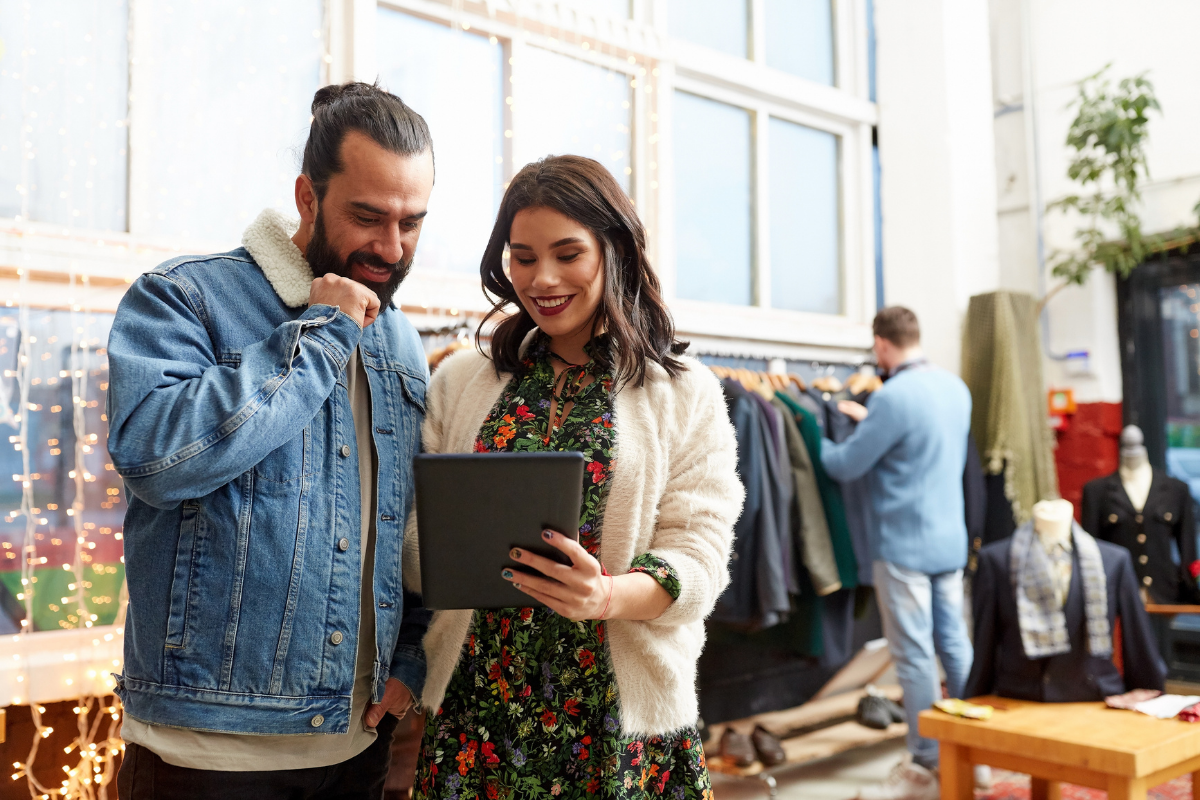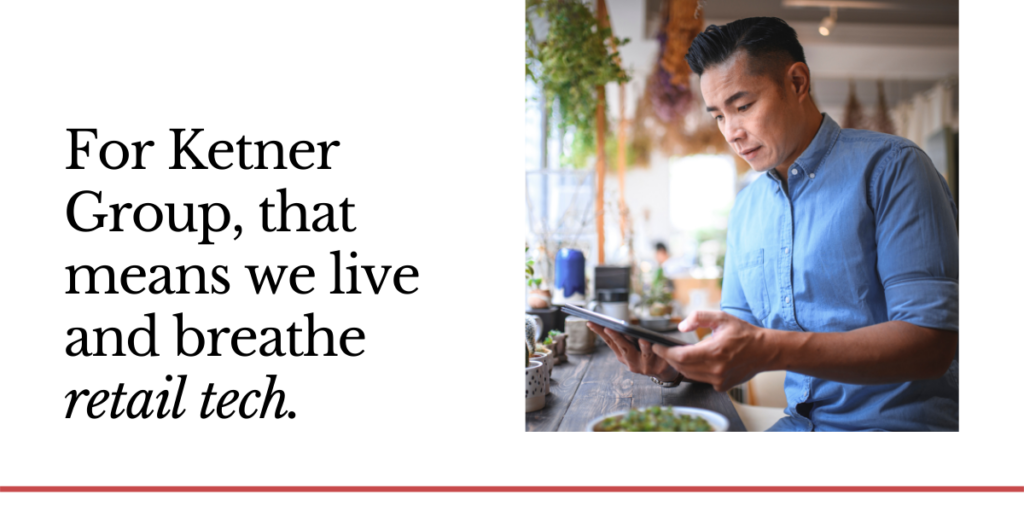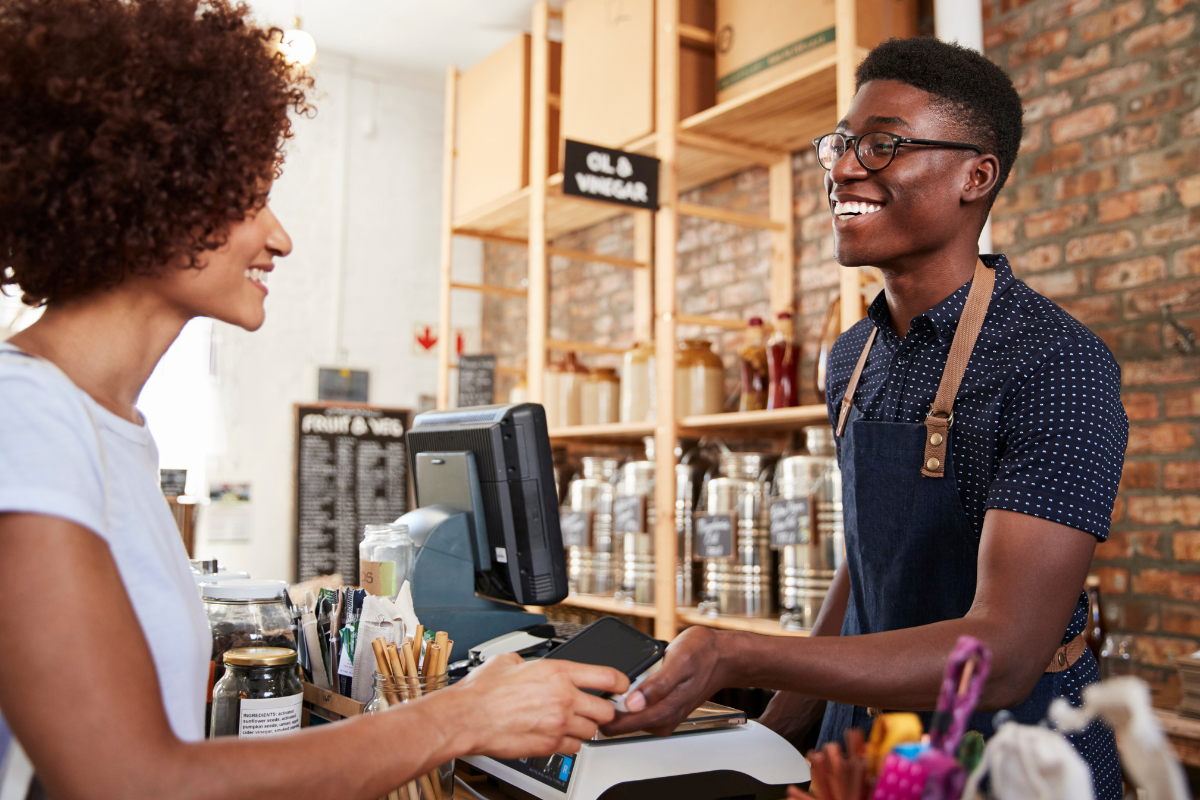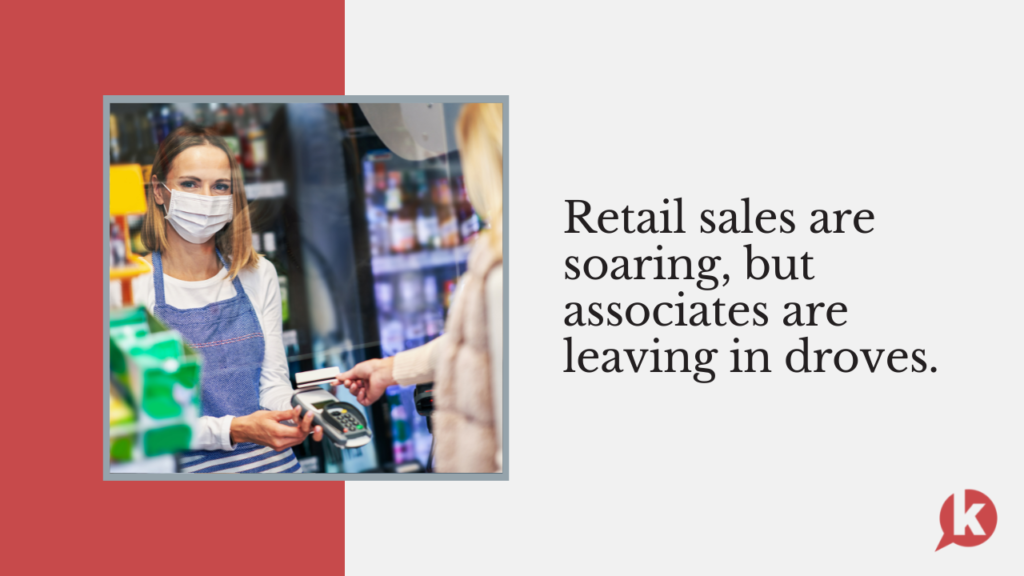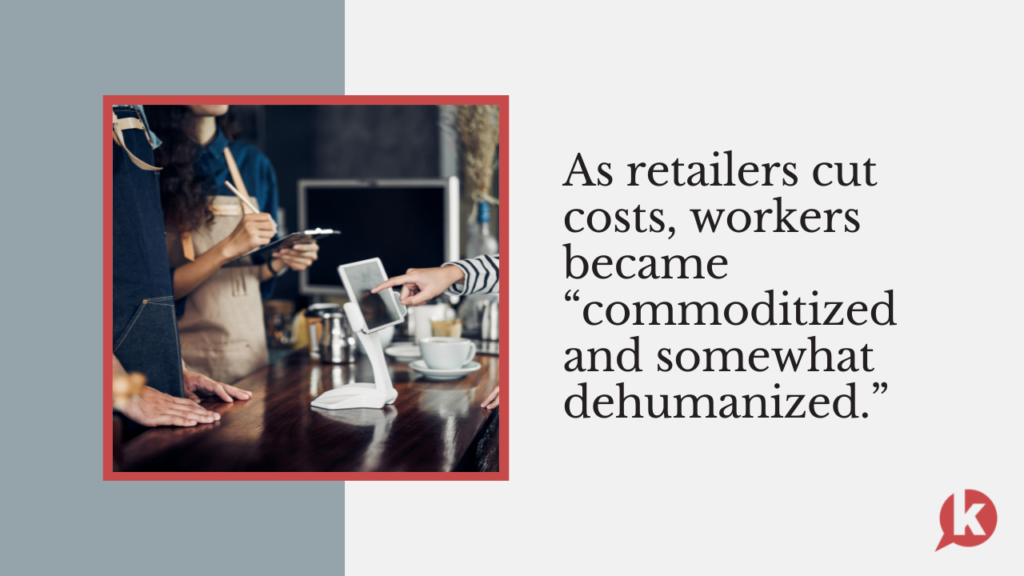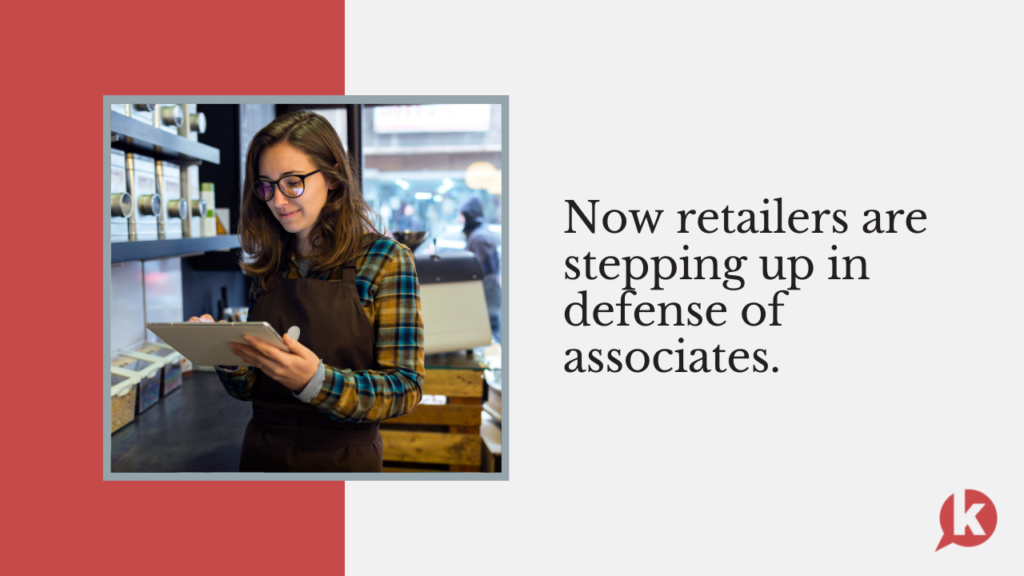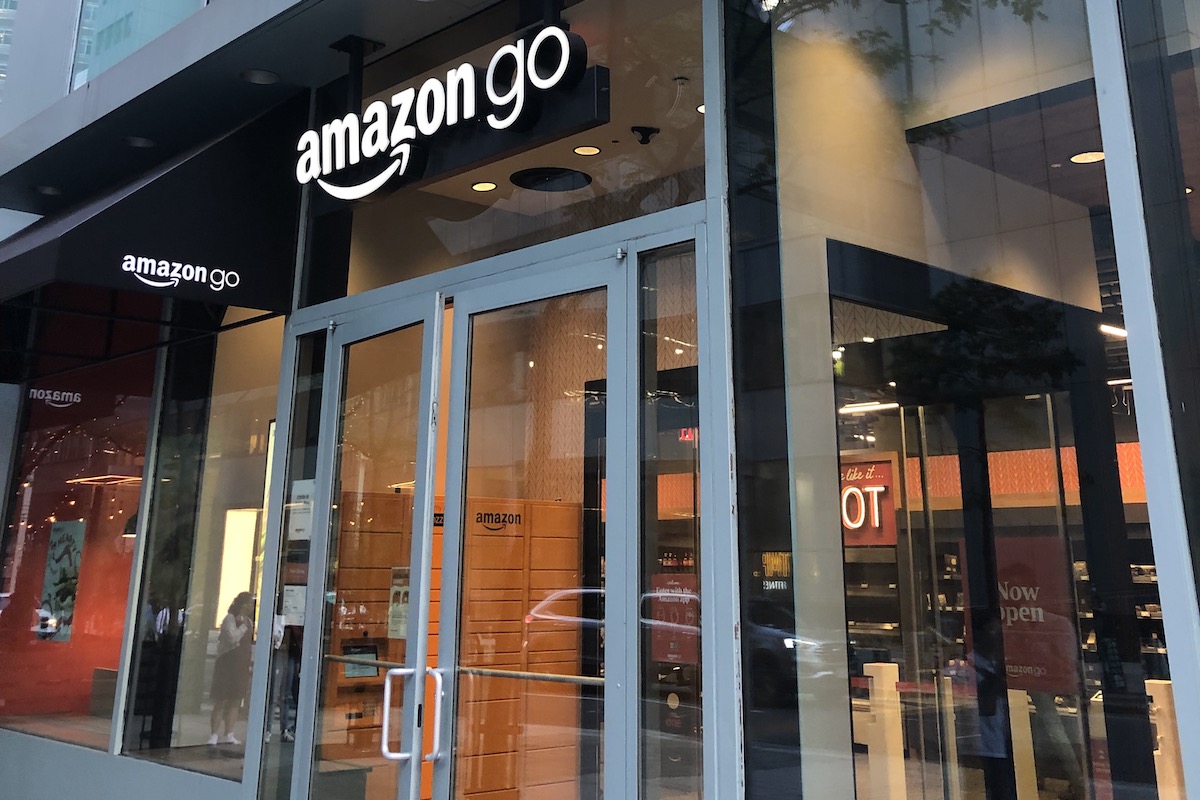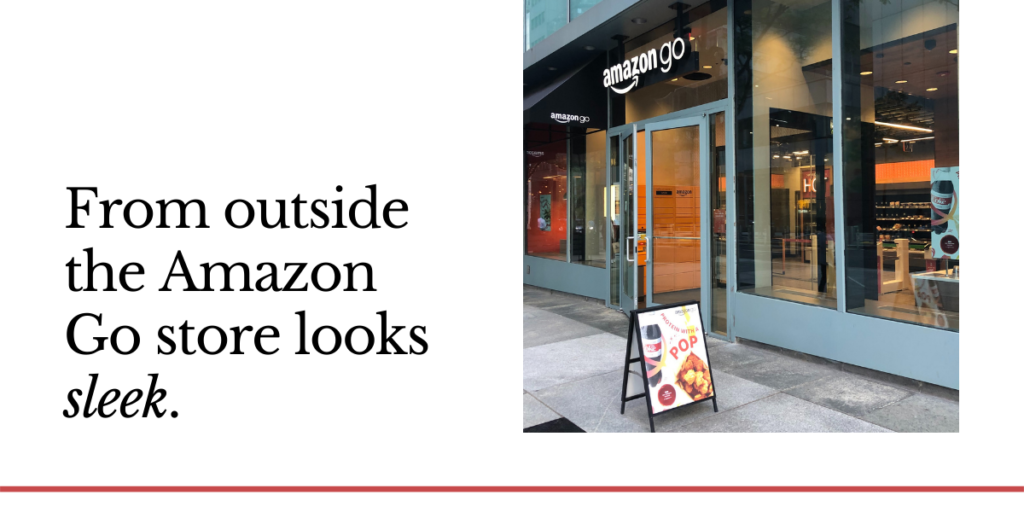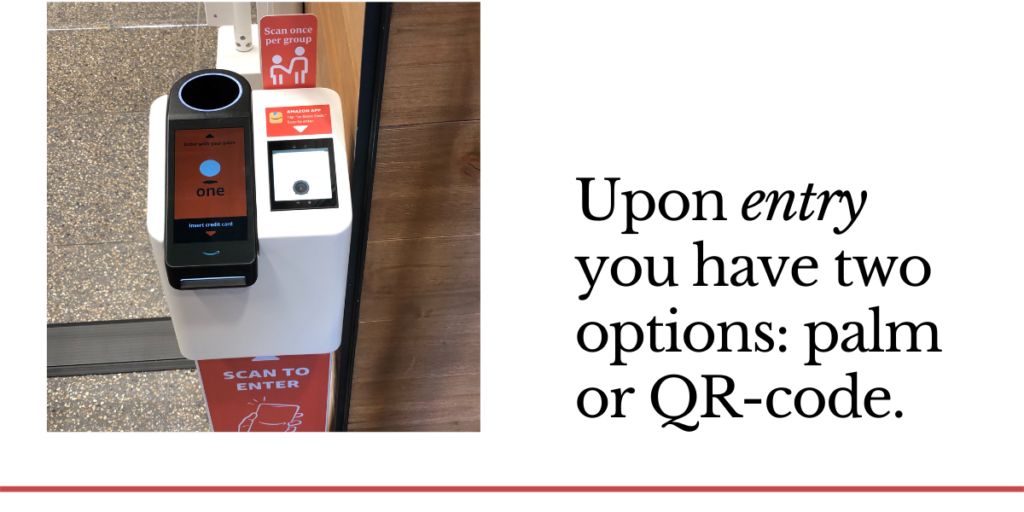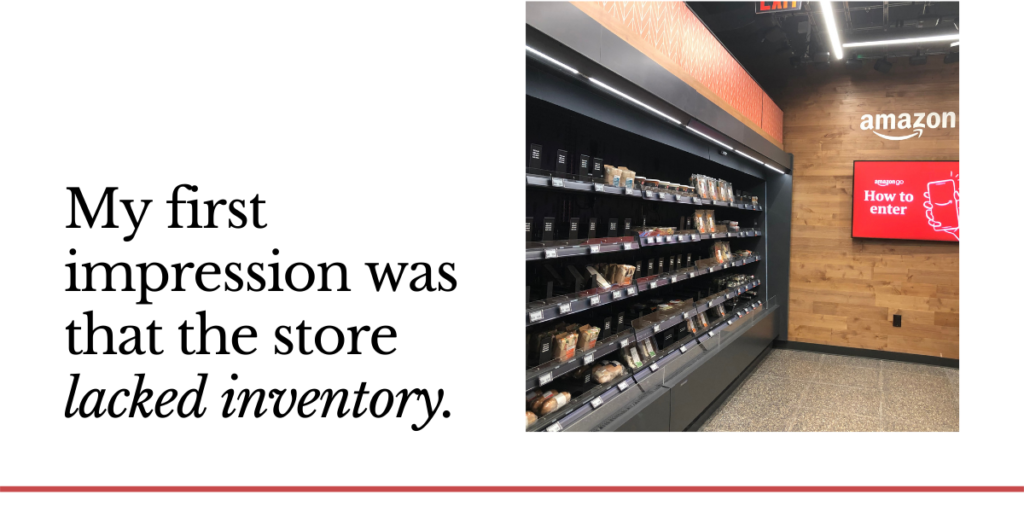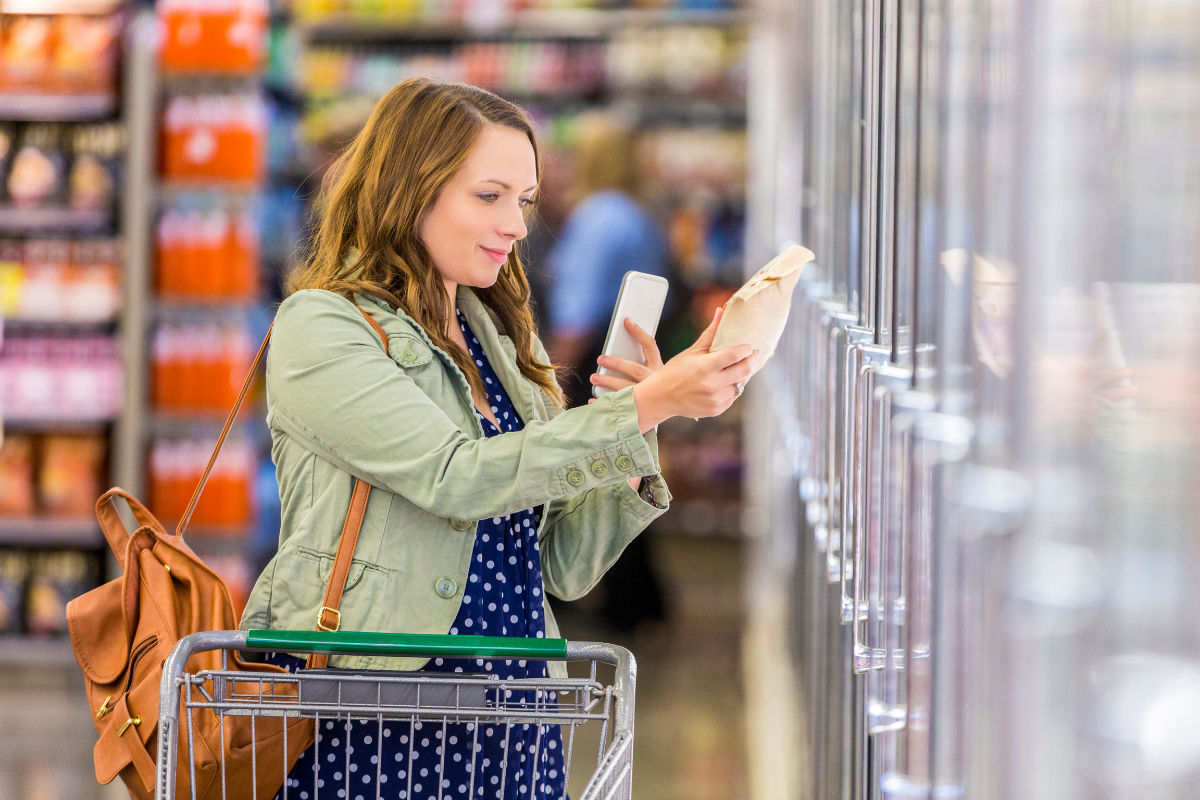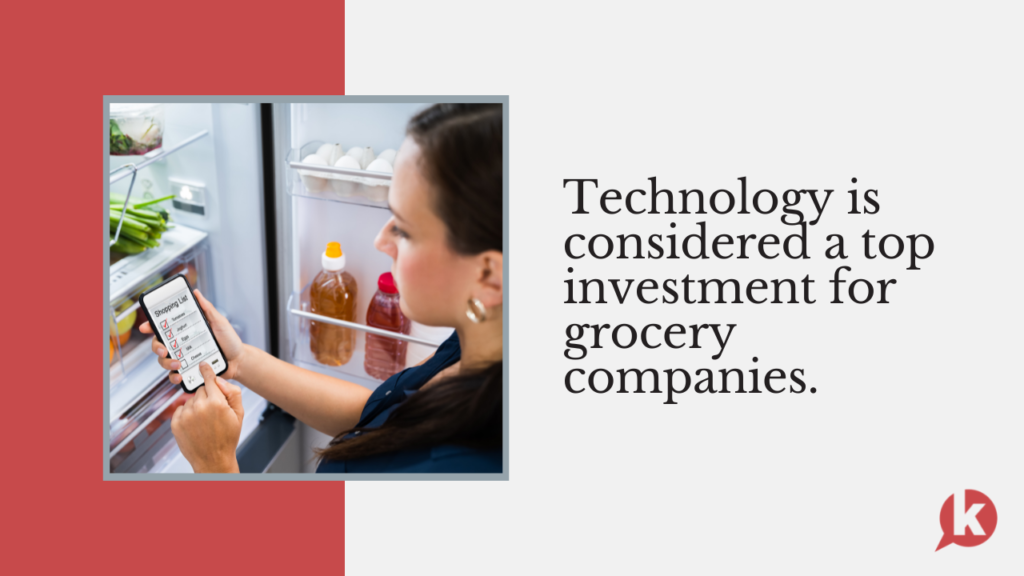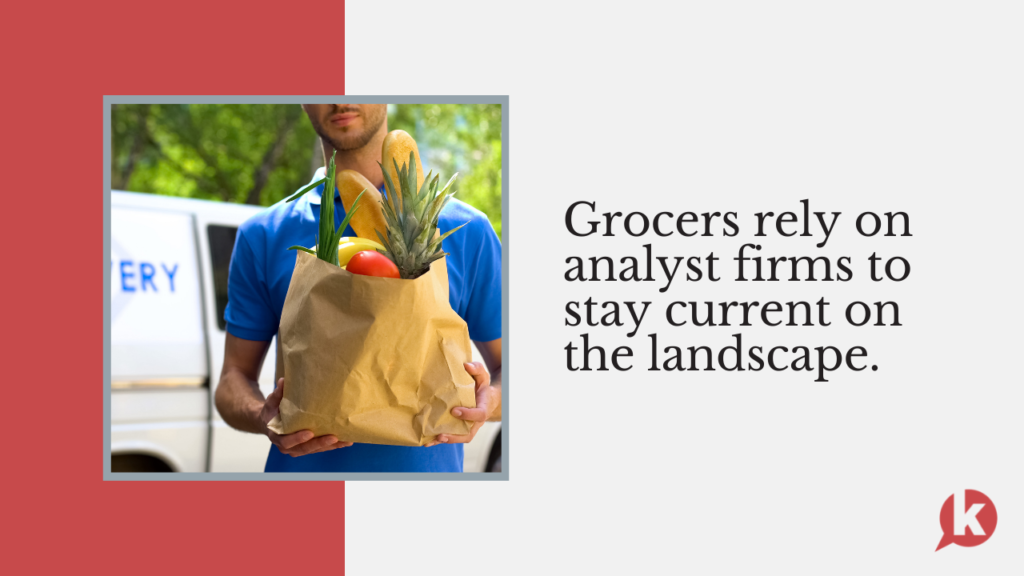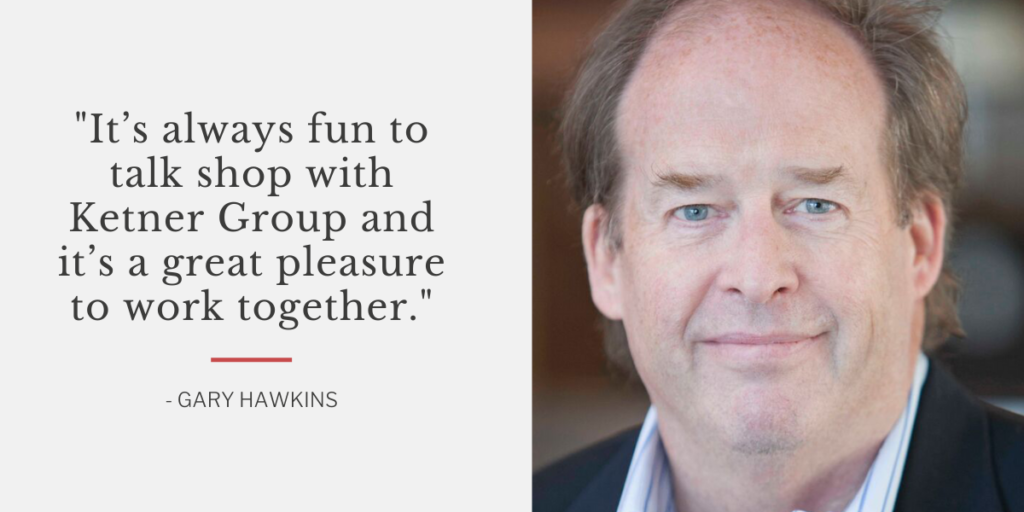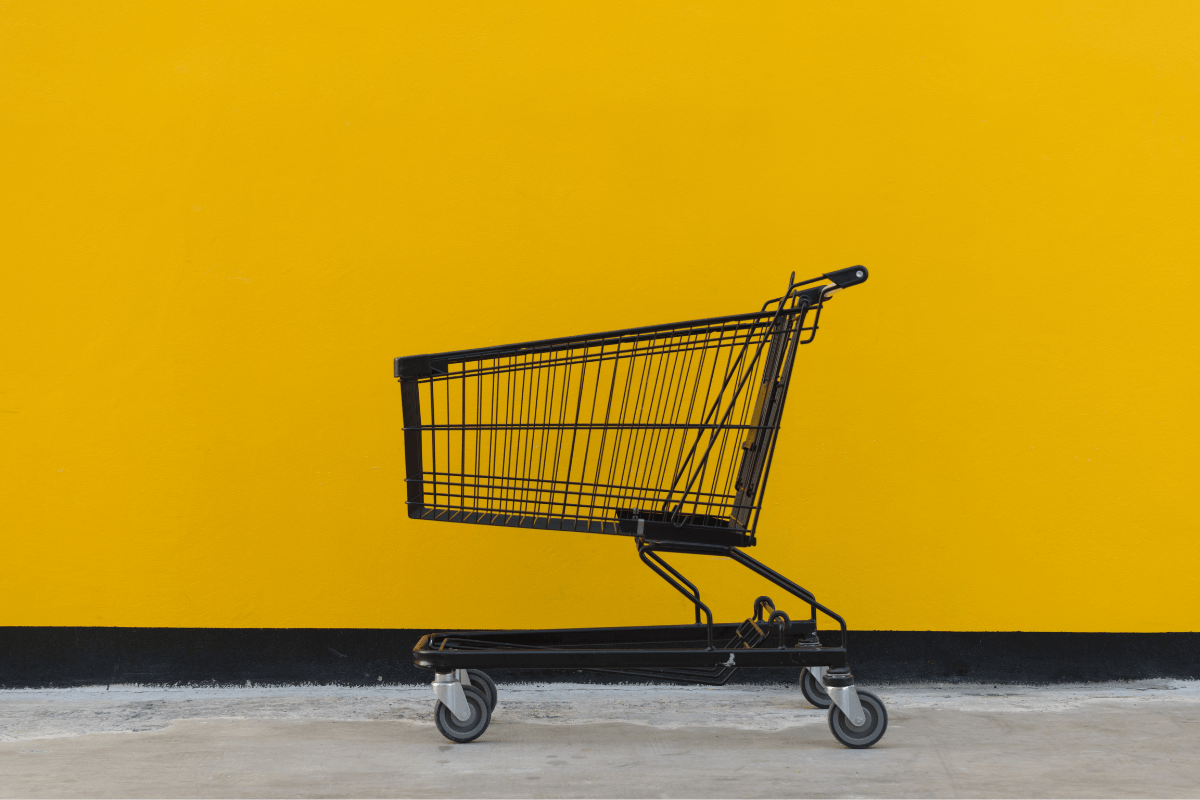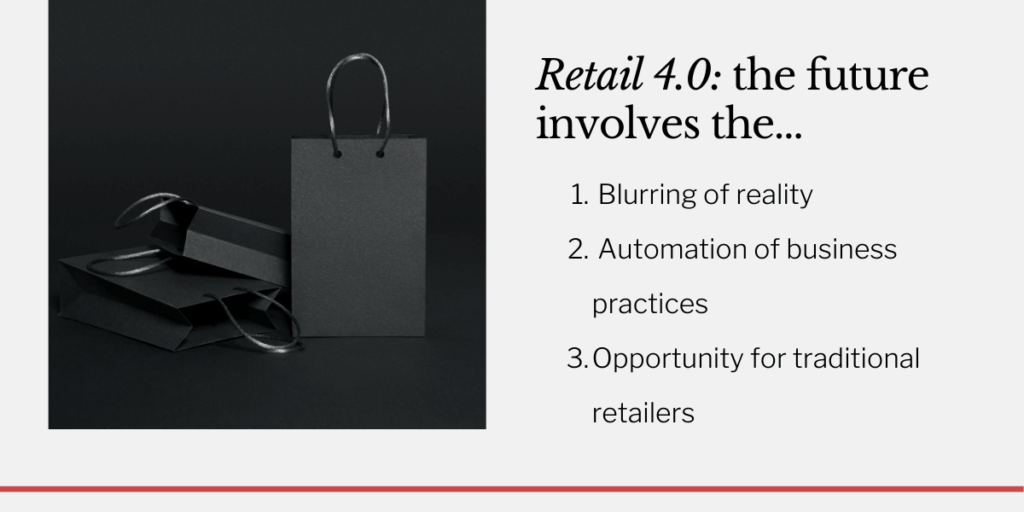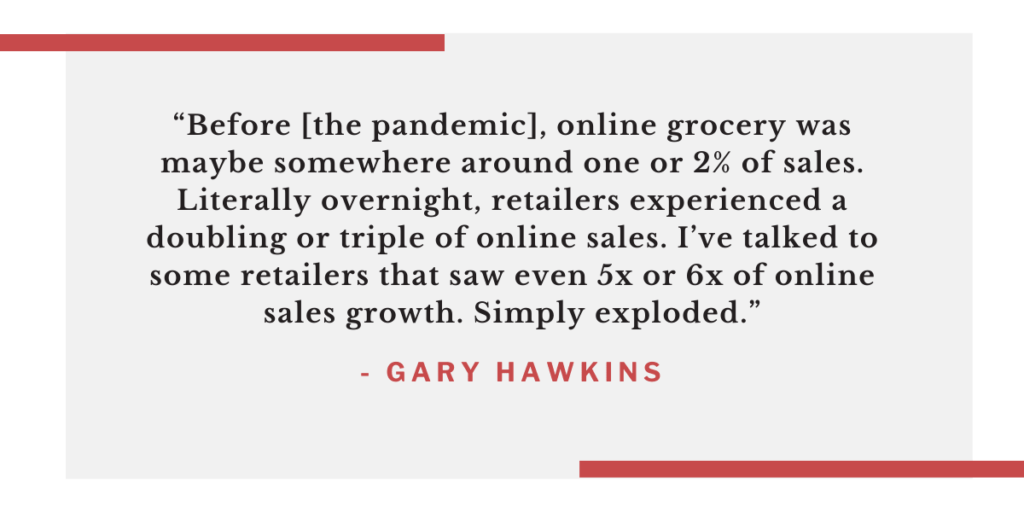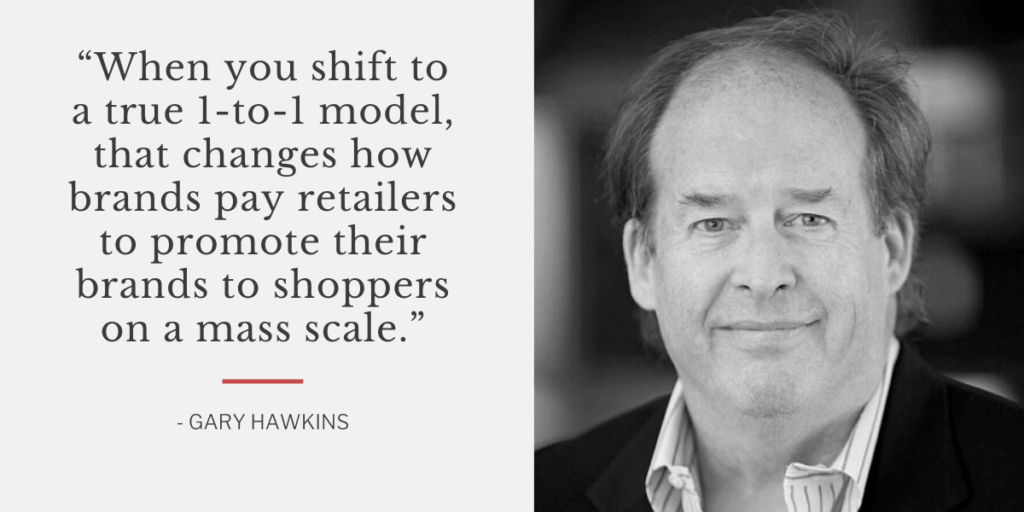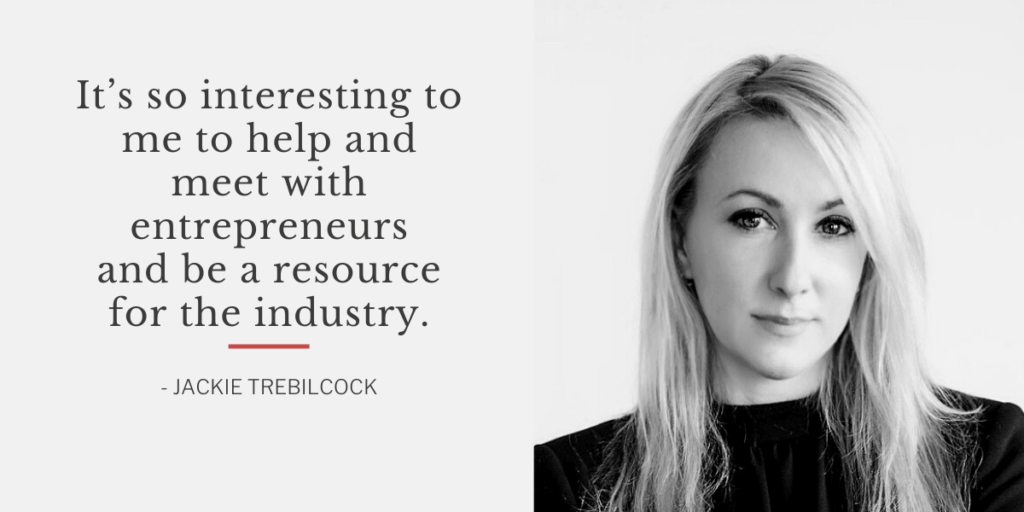Today we are digging into a topic that I find incredibly interesting – Generation Z and their shopping habits. Gen Z, the group of 72 million youngsters born between 1997 and 2012, can’t remember a time before the internet and widespread digital technology. According to McKinsey, Gen Z has a greater interest in human rights, race and ethnicity issues, LGBTQ+ equality, and feminism than generations before them.
Gen Z has never known a country not at war. As well, most have seen first-hand the financial struggles of their Gen X parents. In my opinion, they are old souls always searching to find their unique identities but are grounded in fiscal and social responsibility.
And I should know – I have two!
I recently sat down with the oldest of my two Gen Z’ers, Madeline. Born in 2005, Madeline is a high school junior busy with her various school and volunteer activities. She also holds down a part-time job at a local pizza restaurant. But just like any high school teen, she loves hanging with her friends and, of course, shopping.
I was able to pull Madeline away from her very busy life to have a conversation with me – her Gen X mom who still doesn’t understand exactly how Snapchat works – to spill the tea on her likes and dislikes when it comes to retail shopping.
What I found was not surprising at all. Madeline’s habits match up to the general characteristics of Gen Z. She is digitally connected all the time, but fiscally aware when it comes to spending her hard-earned money.
Check out our full conversation in the video or transcript below!
Transcript from “Dishing with my Daughter”
Tell me a little bit about what you like about shopping in the store and what you don’t like.
I like being able to see all the clothes in person and being able to know what kind of material is really used, because different styles and materials all fit differently.
I like knowing exactly how everything will fit. What I don’t like about in-person shopping is all the other people around me. As well, in my experience, retail workers are sometimes rude.

When shopping in store, do you like having the help of a retail worker?
Sometimes. But I mainly do things by myself because they (the retail worker) are not in my head. They don’t know what I really want. I could tell them what I want, but I would rather not.
I know you do a lot of online shopping! I’m curious, what do you love about online shopping and what is maybe frustrating about shopping online?
I like it because there are more options–in terms of sizes and other options. You could find something you like in-person, but they might not have your size or the color you want. With online shopping, they’re more likely to have your size. It’s easier to find things online because you can just search the style you are looking for. It also seems more organized to shop online than in the store.

Tell me a bit about the brands that you like to shop at online and why you keep going back to those shops?
I really like Shein because they have so many options. As soon as you think you’ve found all their options or you got to the bottom of the list, there are always hundreds of more items to view. And it’s also very cheap, for the most part. I don’t think I’ve ever spent over $15 or $17 on one thing at that store.
With online shopping, you can take as long as you want, instead of feeling like you’ve been in one store too long. I feel like the retail workers are thinking, “What is this girl doing here for so long? Is she lost or something?”
I’ve spent almost two hours just on one website making sure I got all the colors in, the size and the style. I spend my own money when I shop, so I want to make sure I’m getting exactly what I want.
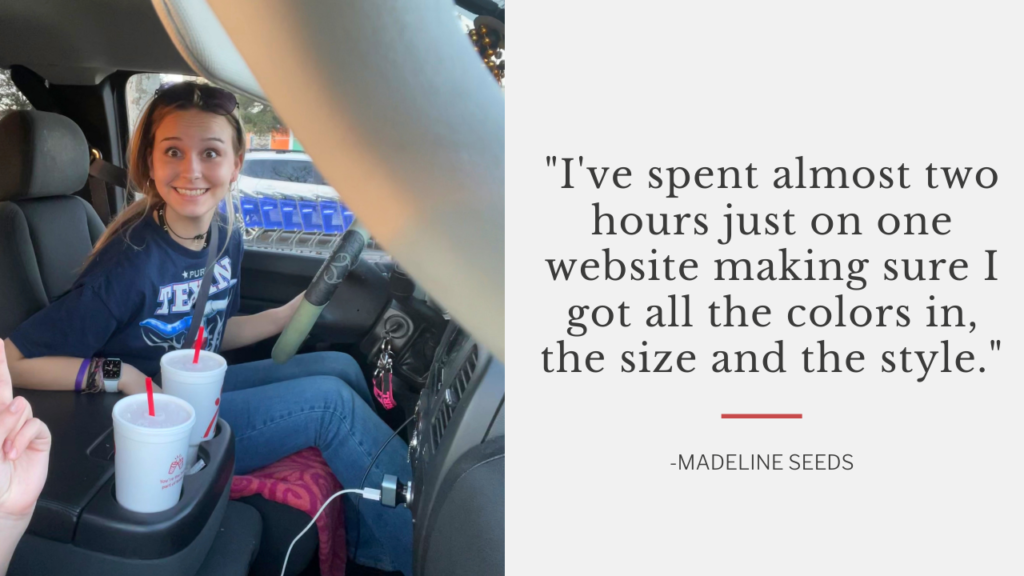
Let’s talk about social media shopping – very popular with Gen Z. Can you give us an example of how you use this?
I find a lot of the things that I’m interested in on Instagram and Facebook the most. Because of the algorithms, I think they (the social media channels) consider what pages I follow and what things I like on Explore pages. I really like a lot of Western, 60s, 70s and early 2000 styles, so I follow a lot of people and small boutiques that carry those styles.
As I’m going through my feed, I’ll see a pair of jeans or a cute blouse in the styles that I like, so that’s helped me a lot when I’m shopping. It’s helped me expand and learn about new stores, and it’s also helpful for smaller boutiques too. Tiny boutiques will pop up on my feed that I’ve never seen before, so I often end up buying things from them, too. In that way, I feel like I’m doing my part to help small brands.
My thing is that I come up with my own style in my head, but I don’t always know how to search for what I’m looking for on an online site. For example, I was trying to find my prom dress online last month. I was looking for a dress on Lulus and I knew exactly what style and theme I wanted for my dress – an icy platinum look. But on so many online sites, you can’t really look up icy platinum in their little search engine. So, I went to Pinterest to find what I was looking for.
With Pinterest, I literally typed in icy platinum prom dress! So many options came up and I was able to find some dresses that I liked. From there I looked at the names of the dresses, did a Pinterest search again and ended up finding the exact icy platinum dress I wanted!

Let’s talk about thrift shopping! Tell us a little bit about why you like thrift shopping and how that’s helped you with your style.
I like thrifting, and feel like I’ve been thrifting before it was a trend! I like it because the clothes are super cheap there. I’m also a big fan of early 2000 styles. There are a ton of options in terms of clothes and accessories items from that decade at stores like Goodwill. And, like I said before, it’s also cheap. My friends and I can walk in there with $50 to spend and can buy probably close to that number of shirts! How could you not want to go there?
Side note: After speaking with my Gen Z’er for this blog, I took a closer look at the thrift shopping trend. According to according to a report from GlobalData and the online thrift store ThredUp, the secondhand market is projected to reach $77 billion by 2025 and is growing at a whopping 11 times the rate of the broader retail clothing sector. The drivers of the growth are younger consumers who are drawn to thrifting for its sustainability and eclectic and cool styles.

As a Gen Z’er, what else helps influences how you shop, either on social media or online or in a store?
A big part of my influence in what I like to shop for and wear is honestly music. I love older music, like Fleetwood Mac and Lynyrd Skynyrd – mostly bands from the 60s and 70s. I like the styles from that era. Sharon Tate is another style icon of mine. I would say she a big influence on the clothes and accessories that I buy.
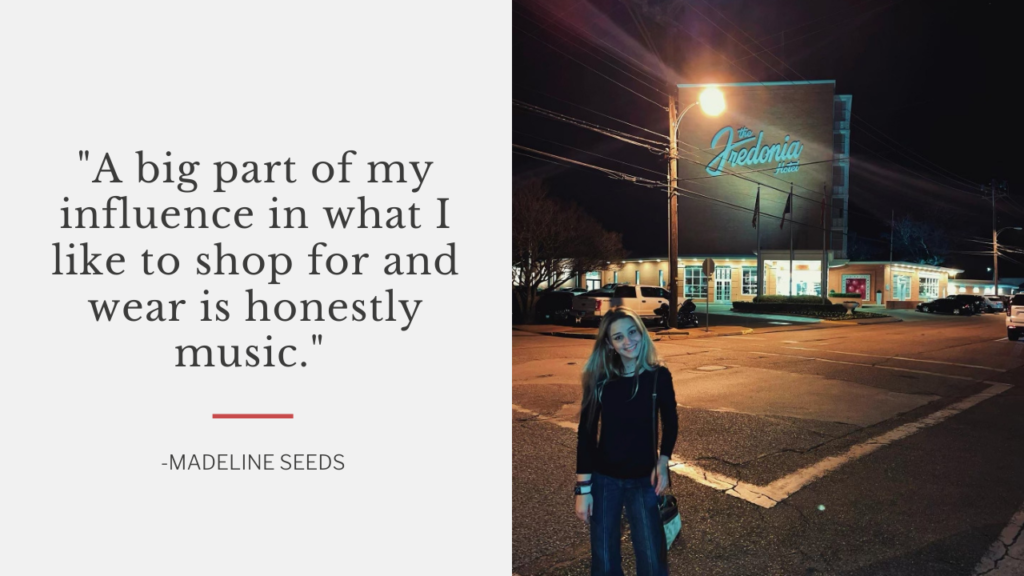
Let’s talk retail!
At Ketner Group, we love digging into all things retail – even with our kids! Get in touch today to find out how our retail expertise can help drive brand awareness and supporting your marketing goals.

